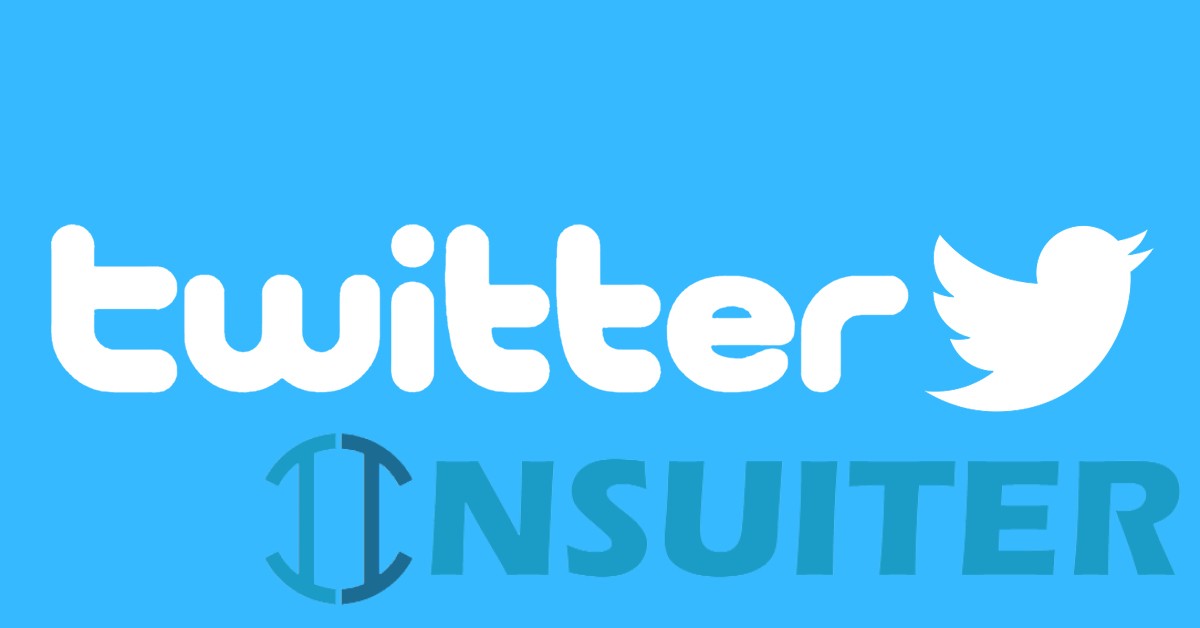What Does Over Capacity on Twitter Mean
Twitter’s incredible ability to connect individuals through a browser, bespoke application, or even SMS text messaging is a fascinating element of online life. You may use Twitter to promote websites and bands, get work, and even earn money in a variety of ways. Its 140-character restriction encourages serious users to be concise and relevant (but it doesn’t stop individuals from spewing nonsense!) For many, it has supplanted RSS as a means of staying up to speed on a certain subject.
The service, on the other hand, isn’t flawless. You may have seen notifications indicating that Twitter is “over capacity” from time to time. This may be aggravating, especially when the notification appears as a consequence of apparently harmless activities like refreshing your profile page or following a new person. These given below are some of the reasons for twitter to be overloaded:
- When it comes to updating your status, you may have a slow response time or even fail.
Twitter’s primary aim is to allow you to change your status in less than 140 characters. You may be an expert at this, or you may want to spend a few minutes fine-tuning your tweet — many Twitter applications will notify you when you have exceeded the character limit, requiring rewrites.
If this is the case, getting your tweet ready to post may seem time consuming. Worse still, when a tweet is finally ready but the status does not change. Instead, the website or client will pause for a few moments, leading you to believe that something is wrong. Regrettably, it isn’t.
You may receive a notice alerting you of the wait, as well as the option to duplicate the message you wrote earlier if you’re fortunate. In this instance, copy and paste it into a text editor just in case anything goes wrong. After that, get yourself a cup of coffee and wait a bit.
- Incapable of Following
One of the most appealing features of Twitter is that it allows ordinary people (like you and me) to interact directly with celebrities (like Lady Gaga, Stephen Fry, and Rupert Murdoch).
While many public relations firms manage celebrities’ Twitter accounts, many celebrities also tweet themselves, allowing them to communicate directly with their followers. This is crucial for effective PR, since it humanizes the individual and makes them seem “approachable” (although the sheer volume of tweets they receive makes this impossible in practice).
However, it’s aggravating to discover that Twitter won’t let you follow another person. Unfortunately, this indicates that the service is at capacity. In this situation, your best bet is to go pour yourself a coffee and try again later.
- When it comes to retweeting, failure is inevitable.
The RT failure is another indication that Twitter is straining under the weight of morning status updates and odd trends.
The acronym RT stands for “retweet,” which is the practice of sharing the status of a person you follow with your own followers. This is a wonderful method to show off someone’s incredible mastery in the art of tweeting, or just to express your passionate agreement or disagreement with their ideas.
Retweet failures are common in third-party applications and are restricted by the Twitter API, particularly when retweeting anything that has previously been shared.
The easiest method to get around this is to slightly alter the message or to make an iced tea and try again later.
- Apps are slow to respond.
Many Twitter users use their phones to connect with the service. SMS updates are available to those who have not yet upgraded to smartphones, and every mobile platform offers a variety of applications that cover everything from simple updates to multi-user account management, split screens, and picture uploads.
It’s difficult to diagnose issues with the Twitter service from a mobile app since error warnings don’t always show for various reasons (for instance, they might be suppressed).
The beauty of mobile applications is that you don’t have to know about Twitter’s newest overflow to use them. All they have to do is drive a bit slower than normal, making you believe the problem is with 4G.
- Page 503 is currently unavailable on the website.
The 503 page that appears on Twitter from time to time is perhaps the most noticeable (at least once a day). This depicts a whale being carried by birds, implying that the server load is just too high.
If you’re searching for a clear indication that Twitter is collapsing under its own weight, look no further.
Unfortunately, if you’ve arrived at this page, you’re in for a lengthier wait than usual. Wait a little longer, or use a tool like Twofer to compose your tweet and have it delivered automatically afterwards.
Take your time, get yourself a cup of hot malted milk, and go to your bed. In the morning, Twitter will still be there.
Conclusion
One of the major reasons Twitter fails in this manner so often is because it wasn’t built from the ground up to be a messaging service – at least not in terms of software and hardware architecture. The end result is a service that was initially based on a content management system.
While numerous efforts have been made to address this issue by adding additional hardware and simplifying the software, the sheer number of concurrent users using the service through browsers, desktop applications, and mobile apps causes it to suffer during peak periods.
There are a few workarounds. Twitter may remove or charge a fee for some of its less popular services, decreasing use and generating revenue that can be invested in the service’s growth.

